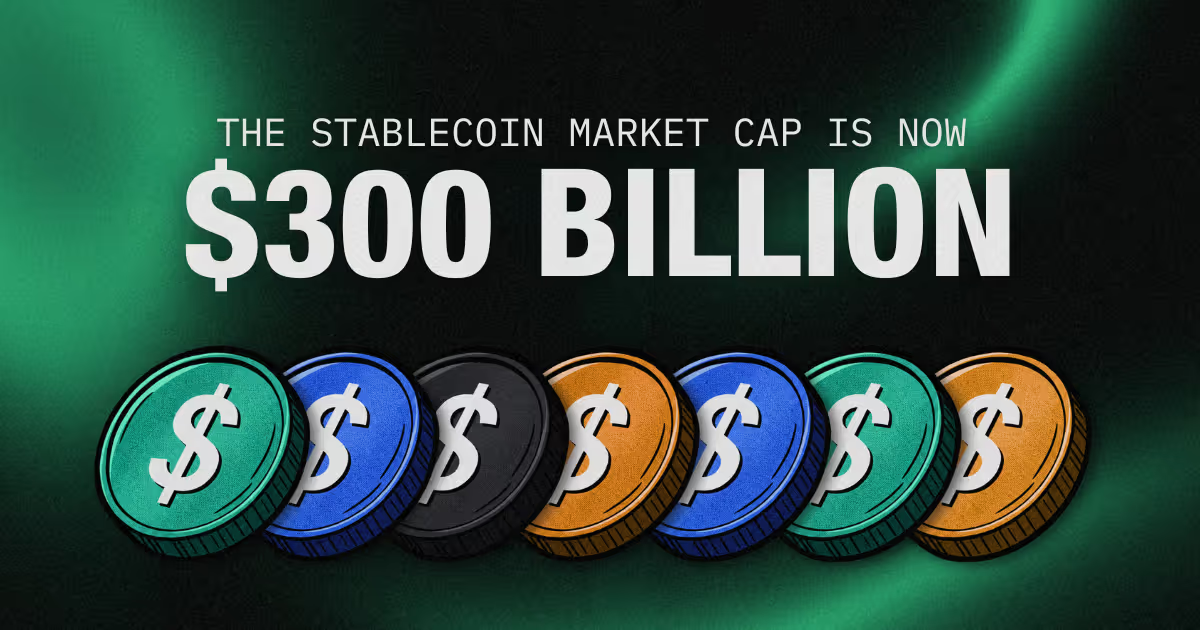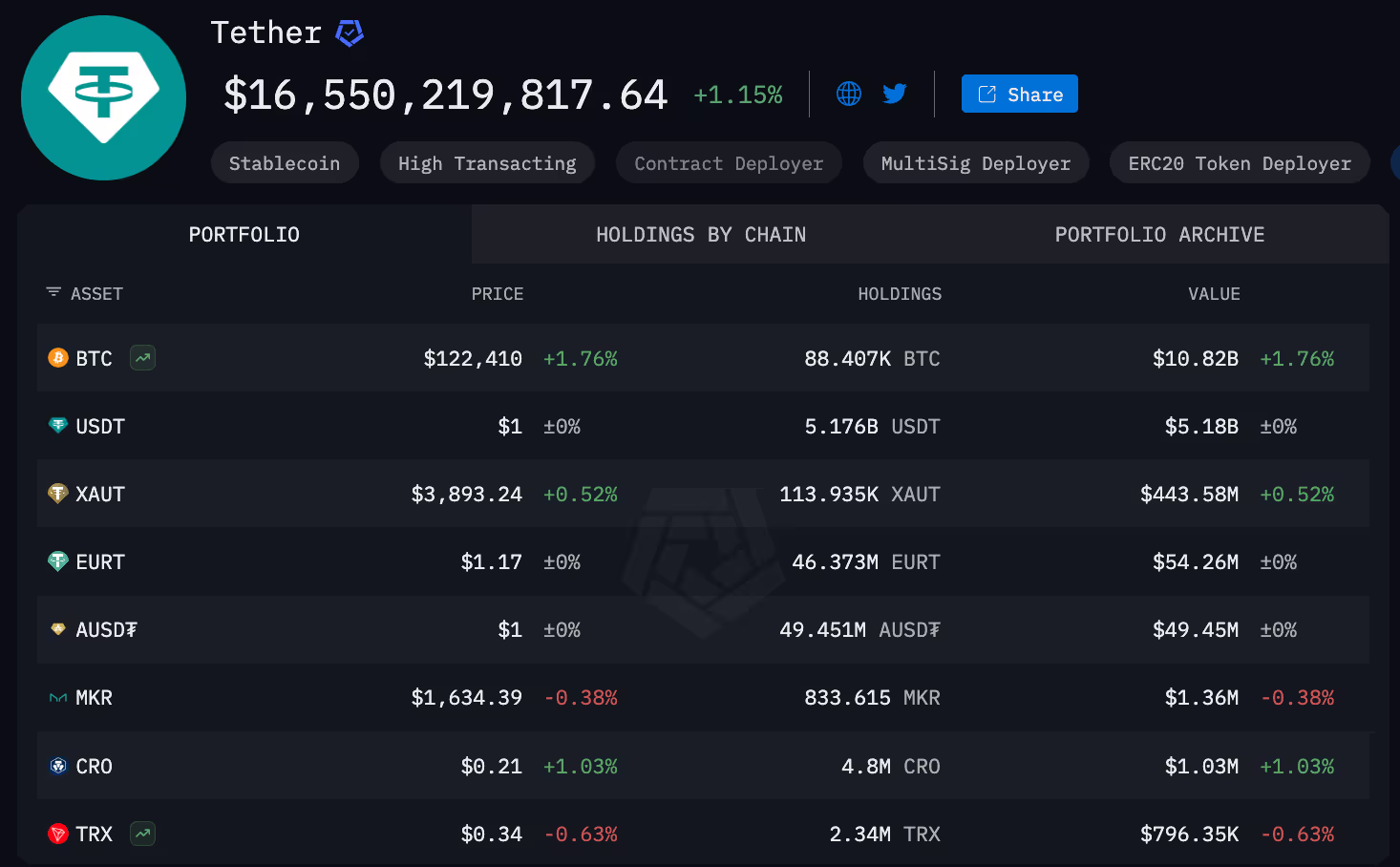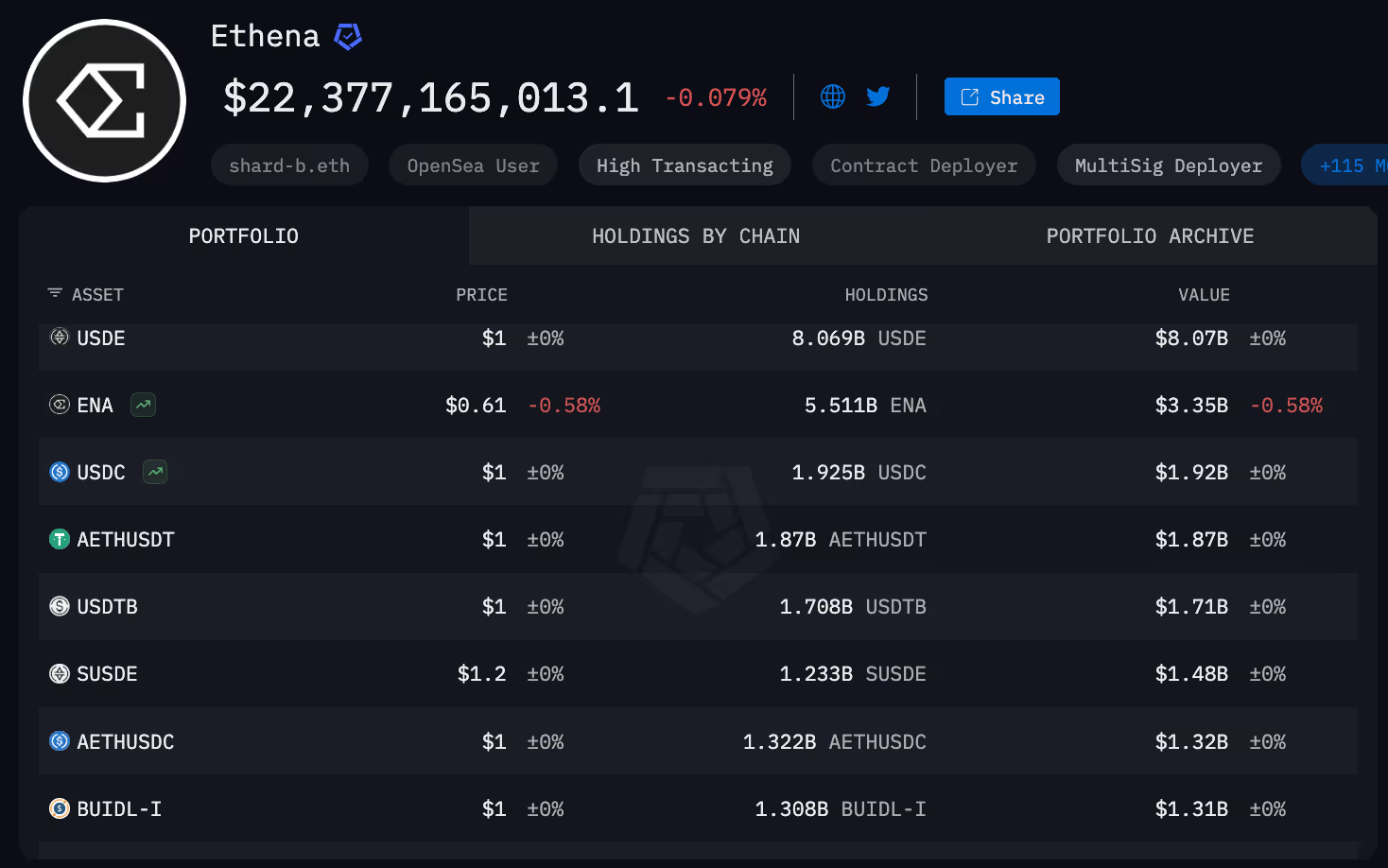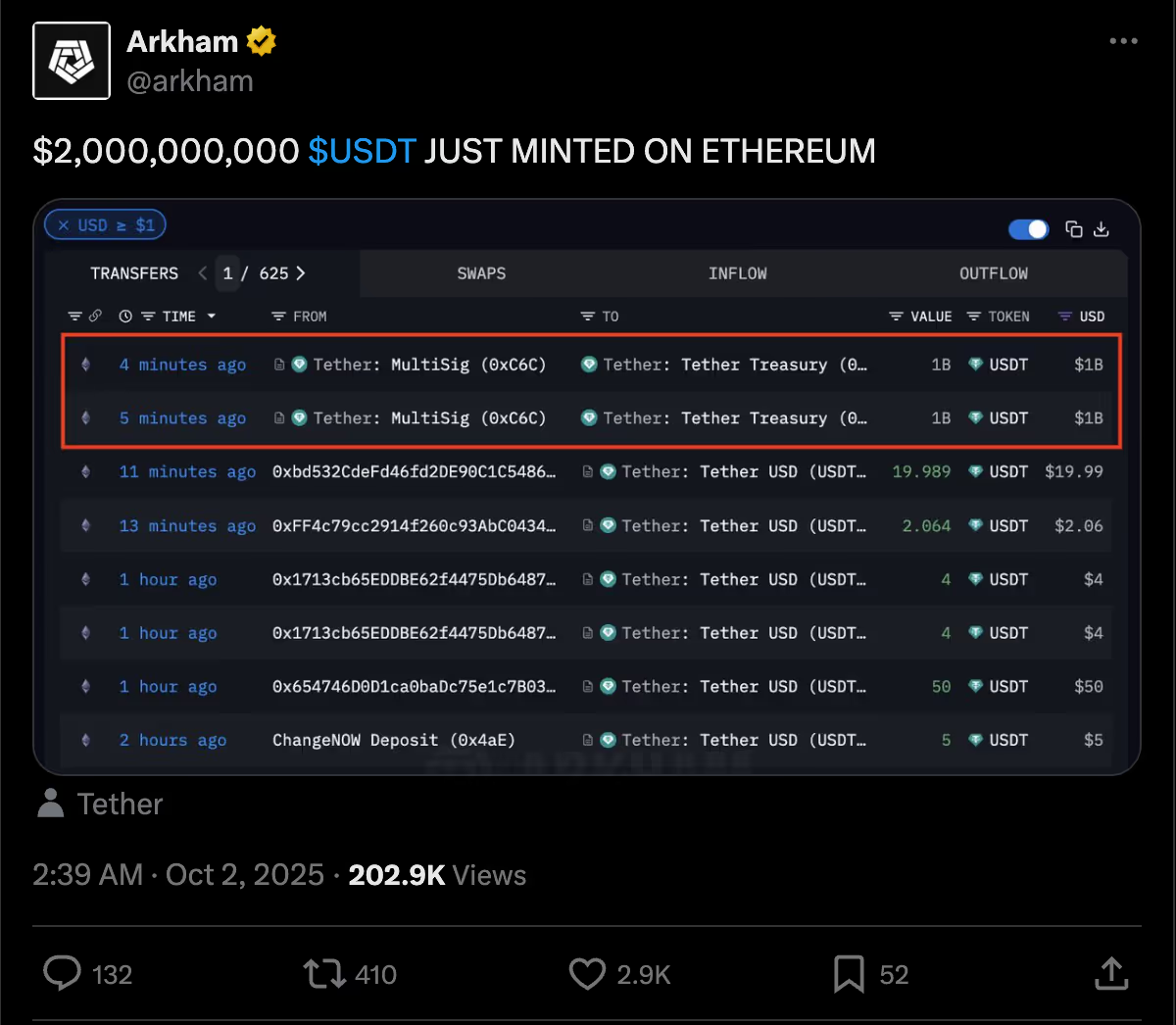October 8, 2025
at
12:35 pm
EST
MIN READ
How stablecoins reached a $300 billion market cap in 2025

The total supply of stablecoins now exceeds $300 billion dollars after a momentous year for the industry.
The stablecoin market cap has increased by nearly $100 billion dollars this year - with 3 months to go. To put this into perspective, supply increased by $70 billion in 2024 and actually decreased by $7 billion dollars in 2023.
The sector has dominated the news cycle in the last few months, not just in the cryptosphere either. Stablecoins have been in headlines in traditional news publications too.
Borderless and with lower-fees, stablecoins feel like the obvious next step when it comes to payments and transfers. In addition to their technological benefits, stablecoin issuers are now the 7th largest purchasers of US government debt.
This year especially, stablecoins have really started to embed themselves in the global economy. Issuers like Tether and Circle are fast on their way to becoming dominant, global companies with huge valuations.
For an in-depth guide to stablecoins, read our beginner’s guide here.
Major stablecoin players
A key characteristic of the stablecoin market, something that has been a feature of it from the very beginning, has not changed in 2025. It is still very much a duopoly of two main issuers: Tether and Circle.

At the time of writing, USDT (issued by Tether) comprises 58% of the entire stablecoin market, an amount worth over $176 billion dollars. USDC (issued by Circle) comprises 25% with a market cap of over $74 billion dollars.
That leaves 17% of the remaining market cap to be shared among the challengers. The big change this year is that there are many more challengers. The most notable has been Ethena's synthetic dollar, USDe. Starting the year with a market cap below $6 billion, USDe has surged to over $14 billion, capturing nearly 5% of the market.
USDe’s rise is significant because, as a synthetic dollar, it does not rely on US treasury or dollar backings. Instead, it maintains its peg by running a delta-hedging strategy through staked assets (like ETH) and short positions in the perpetuals market. Interestingly, USDe also relies on the holding of significant quantities of USDC and USDT to remain liquid.

USDS, the native currency of the Sky Protocol, has had a good year too, starting off with $1.27 billion and climbing to a market cap of $4.35 billion in October 2025.
Another notable performer has been PayPal’s PYUSD. It started 2025 with a market cap of under $500 million and has since climbed to over $2.5 billion. In the last two weeks it has added over $1 billion to its market cap.
The sector has also welcomed entirely new entrants in 2025 that have quickly gained traction. Plasma, a Layer 1 blockchain built specifically for stablecoin payments, has seen its ecosystem explode since its mainnet launch in September. Its promise of zero-fee transfers has attracted significant liquidity, going from $0 to $5.5 billion TVL in the last two weeks, establishing it as a top 10 Layer 1.
The politically-charged launch of World Liberty Financial's USD1 stablecoin has caused a stir. Backed by the Trump family, this project aims to merge DeFi with mainstream branding. The organisation’s stablecoin has a market cap of $2.68 billion.
What happened to the stablecoin industry in 2025?
Rising market caps across the industry are not just random, they are down to several key factors:
Regulatory environment: In the US, following Trump’s re-election, the passing of the GENIUS Act provided clarity for stablecoin issuers and instilled confidence in institutional investors, due to the strict reserve requirements ensuring each stablecoin dollar is backed one-to-one with a liquid asset. This clearer path for compliance has been interpreted by the market as a green light for digital dollar innovation.
It’s not just the US that is opening the door to stablecoins. The Chinese government has shown signs of a softening stance towards a Yuan-backed stablecoin and the Governor of the Bank of England, Andrew Bailey, recently admitted to the existence of a ‘new stablecoin regime.’
Transaction volume: Transaction volume - the total value of all transactions - has surged in 2025, with September being the first month of over $1 trillion in transaction volume. If the trend continues, transaction volume will continue to increase month-on-month and more stablecoins will be minted.

DeFi: The decentralized finance ecosystem has continued to grow in 2025, with stablecoins playing a key role. In April this year, TVL in DeFi protocols was $91 billion and according to data from DeFiLlama it now sits at $167 billion. Stablecoins are the essential lubricant for these platforms. They serve as the primary medium for lending, borrowing, and trading on DEXs, where they offer a stable asset for users to hedge against the volatility of other cryptocurrencies and to earn yield through liquidity provision.
Speculation: The role of stablecoins in the hugely popular derivatives market is another big factor in the sector’s rising market cap. In September 2025, monthly trading volume on perpetual protocols passed $1 trillion for the first time ever. Indeed, a significant portion of the stablecoin demand is not for transacting but for collateral in perpetual trading.
The explosive growth of non-KYC perpetuals DEXs in 2025 has been pivotal in the rising stablecoin market cap. Platforms like Hyperliquid and Aster operate almost exclusively on stablecoin collateral. As traders lock up more capital on these platforms to fuel their speculative positions, the demand for stablecoins directly translates into a higher market capitalization.
Stablecoin market cap growth rate
Looking forward, most analysts predict the stablecoin market cap to grow considerably. However, estimations vary.
Banking giant Standard Chartered drew headlines with their bold prediction of a $2 trillion market cap in 2028. In contrast, analysts at JPMorgan offered a more modest $500-750 billion prediction.
Extrapolating purely from 2025’s growth, the market has added nearly $100 billion in the first nine months of 2025, from a starting point of approximately $200 billion. This translates to an average growth of over $11 billion per month. If this pace continues, it would represent an annualized growth of over $130 billion for the year.
The linear growth rate suggests the $2 trillion prediction is out of reach but adoption has been accelerating. Assuming the same rate of acceleration from 2024 to 2025, the market cap of stablecoins could increase by $240 billion in 2026, $444 billion in 2027, and $820 billion in 2028. This would put the market cap very close to Standard Chartered’s prediction.
More recently, Standard Chartered added to their prediction, claiming that $1 trillion in bank deposits in emerging countries could flow out of these banks and into stablecoins. USD stablecoins are essentially digital dollar bank accounts available to anyone in emerging markets and can allow people to easily hedge against their own currency’s price movements.
However, the stablecoin market, like all cryptocurrencies, closely tracks the fortunes of Bitcoin. When BTC does well, as it is now, once again pushing for an ATH, then DeFi activity increases, transaction volumes increase, and stablecoins are minted.





































































































































































































































.png)